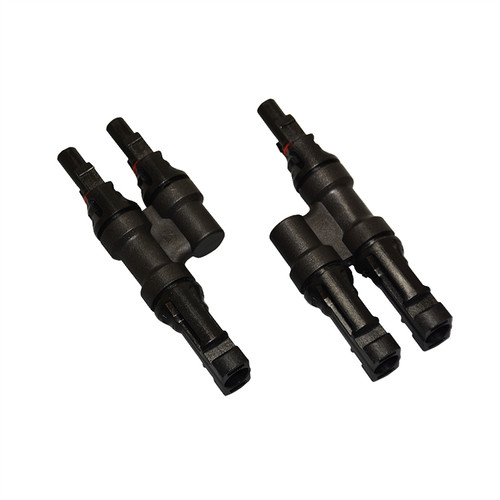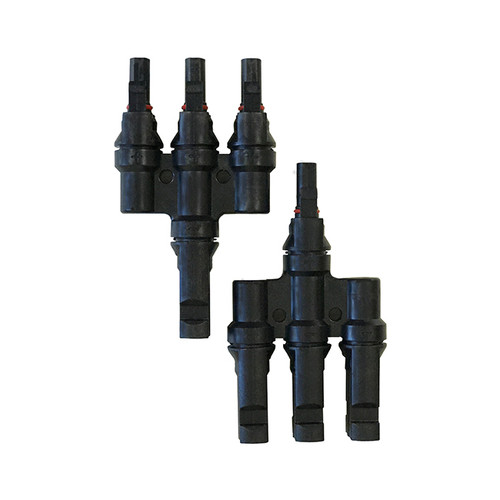4 12.8V 100Ah batteries is 5120Wh. How much of that do you plan to use each day? Let's assume you use 80%. That's 4096Wh. If we assume 5 solar hours each day then you need 820W of solar to fully recharge the batteries in a day. A 1000W of panels might get you that depending on how they are mounted (flat on an RV roof or mounted at the ideal angle for the given time of year).
More solar is almost always better. 1200W will help in the winter and on cloudy days.
1200W at 24V would be 50A of charging power. 800W would only be 33A.
The arrangement depends on the charge controller you have and how much shading you might need to deal with. More in series is slightly better performance if there are no shading issues. It also allows for smaller wires due to lower amps.
You can't decide on wire size until you finalize the panel choice and their arrangement. Then you will know how many amps you have to deal with and whether you need a combiner box and fuses.
Also consider large panels. Why 100W panels? Why not 200W, 300W, or even 400W panels? How and where will these panels be used/mounted?
Thanks for the advise again rmaddy!
I do understand where you are coming from. Here's my current situation. I'm living in LA but I'm planning to go off-grid or semi off-grid in 1 or 2 years after I move out of here. Right now I'm building a solar system at my house to gain knowledge and experience so I'm building a 24v four battery system. Below are some aspects of my planning process, feel free to correct me if you think otherwise.
1. I'm using 100w panels because they are easier to move. For example like I can temporally move them to a storage or another city with my SUV. I don't mind using bigger panels in the future but only until I have situated.
2. Currently I'm not considering A/C as a component of my current system as it takes up too much power and the area of LA I'm living in does not require AC most of the time. As far as I know a 5000 BTU A/C will use up 2000wh or more within 4 hours. I will need more than 4 batteries to accommodate that. If I have to move to an area that requires AC my thinking is I will have to build another 24v four battery system later on just to run the AC. I prefer two 24v than one 48v system due to it's flexibility and safety features. Turning a 24v into a 48v system will also mean I have to replace a lot of the components and wirings which will not be economical.
3. Without a A/C system, a 5120Wh system with 1 small fridge, 1 freezer chest and other basic electronic devices my estimate is around 2500 to 3000wh daily consumption which should be enough. What do you think?
4. 8 100w hqst panels in sunny LA I know is still cutting it close. I will test it but likely need 4 more to be safe. They will now be mounted on top of the house with no shades. I'm assuming 10AWG will be enough for 8 panels and thicker for 12 panels but I could be wrong. In that case I may just have to go with a thicker wire regardless to accommodate 12 panels. Do you know a legit website to get thicker solar-proof wires because I need a lot to pull it from the roof to the house because most them I can find on Amazon are 10AWG? Also I currently have a 40amp solar controller, will one be enough for 8 panels or I need to get one more? And how about 12 panels?
5. Can you advise on how to most efficiently arrange a 8 panel and 12 panel array?
6. Basically I'm trying to plan this out as economical as possible as my current solar budge is limited. So I'm trying to avoid replacing or throwing away any components or wires if I decided to expand my system in the future as I gain more budget.
Thanks!!





